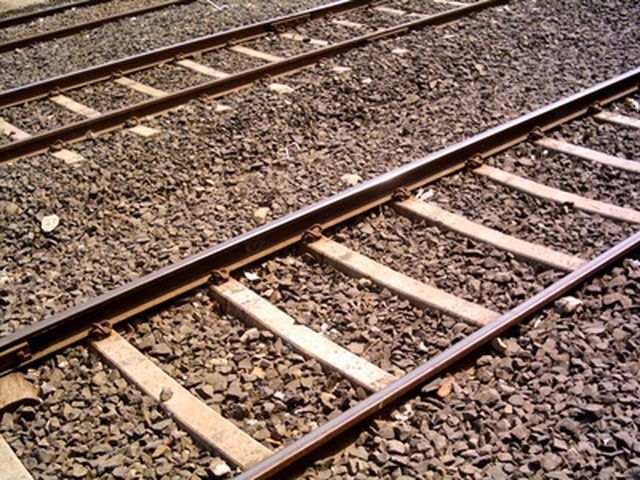Bulbs
Flower Basics
Flower Beds & Specialty Gardens
Flower Garden
Garden Furniture
Garden Gnomes
Garden Seeds
Garden Sheds
Garden Statues
Garden Tools & Supplies
Gardening Basics
Green & Organic
Groundcovers & Vines
Growing Annuals
Growing Basil
Growing Beans
Growing Berries
Growing Blueberries
Growing Cactus
Growing Corn
Growing Cotton
Growing Edibles
Growing Flowers
Growing Garlic
Growing Grapes
Growing Grass
Growing Herbs
Growing Jasmine
Growing Mint
Growing Mushrooms
Orchids
Growing Peanuts
Growing Perennials
Growing Plants
Growing Rosemary
Growing Roses
Growing Strawberries
Growing Sunflowers
Growing Thyme
Growing Tomatoes
Growing Tulips
Growing Vegetables
Herb Basics
Herb Garden
Indoor Growing
Landscaping Basics
Landscaping Patios
Landscaping Plants
Landscaping Shrubs
Landscaping Trees
Landscaping Walks & Pathways
Lawn Basics
Lawn Maintenance
Lawn Mowers
Lawn Ornaments
Lawn Planting
Lawn Tools
Outdoor Growing
Overall Landscape Planning
Pests, Weeds & Problems
Plant Basics
Rock Garden
Rose Garden
Shrubs
Soil
Specialty Gardens
Trees
Vegetable Garden
Yard Maintenance
How to Make Raised Beds with Railway Sleepers
How to Make Raised Beds with Railway Sleepers. If you have poor soil conditions for growing plants, herbs, flowers or vegetables, a raised garden bed provides a fertile area for your plants to thrive. Walls for a raised bed can be created using a variety materials. Many gardeners choose railway sleepers to create a natural wood environment that...

If you have poor soil conditions for growing plants, herbs, flowers or vegetables, a raised garden bed provides a fertile area for your plants to thrive. Walls for a raised bed can be created using a variety materials. Many gardeners choose railway sleepers to create a natural wood environment that blends well with the rest of their landscaping.
Things You'll Need
Railway sleepers
Circular saw or chain saw
10 to 12-inch timber screws
Metal plate connectors
4-inch timber screws
Drill
Newspaper
Garden hose
Peat moss
Organic matter
Rake or pitchfork
Calculate the number of sleepers you need for your raised bed. According to the Railway Sleeper website, the average sleeper size is 8 feet 6 inches long, 10 inches wide and 5 inches deep. The number of sleepers you'll need for your raised bed depends on the size of your desired bed. When calculating, remember that you need to make your bed at least four sleepers tall.
Arrange railway sleepers into a rectangle or square on the ground. If the sleepers need trimming, cut them to size using a circular saw or a chain saw.
Connect sleepers end-to-end using metal plate connectors. Center the metal plate connector over the gap where two sleepers meet and place a 4-inch timber screw into each hole to hold the plate in place. If you want your raised bed to be extra secure, place a second metal plate connector on the opposite side of the sleepers as well.
Attach railway sleepers to each other at the corners using a drill and 10- to 12-inch timber screws. Timber screws do not require pre-drilling and can bore directly through sleepers. Connect the corners by drilling two to three timber screws through the entire width of one sleeper, into the end of the adjacent sleeper.
Stack sleepers on top of the first set. Attach the sleepers to the bottom rectangle or square in the same way that you attached the bottom sleepers to each other, except drill the timber screws through the top sleepers into the bottom pieces. Also, connect the sleepers to each other as you did the first row, end-to-end.
Continue stacking sleepers on top of each other until your wall is at least 18 inches high, though it can be higher if you prefer. Continue to use timber screws to connect the sleepers to each other.
Fill the sleeper bed with garden soil to complete your growing space. Plant your flowers or vegetables according to the directions on the seed or seedling packages.
Tips & Warnings
In general, a smaller raised bed works well for growing flowers, while a larger bed gives you the space needed for growing a garden. When creating your raised bed, choose a location in your yard that benefits the plants you're growing. If you plan to grow a garden or a summer flower bed within the sleepers, place the bed where it will receive full sun during the day. Create a fertile growing space by layering organic materials inside the sleeper bed a few months before planting. Begin with 10 sheets of wet newspaper, cover it with a layer of moss and top it with a variety of normal compost materials, such as food bits, manure, mulch and leaves. Use 12 inches of organic materials for the best results. Water the bed each week, except when temperatures freeze. The matter will decompose and create a fertile base in which your plants will thrive.